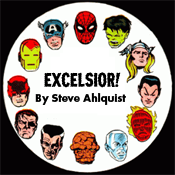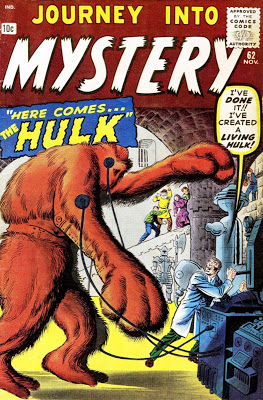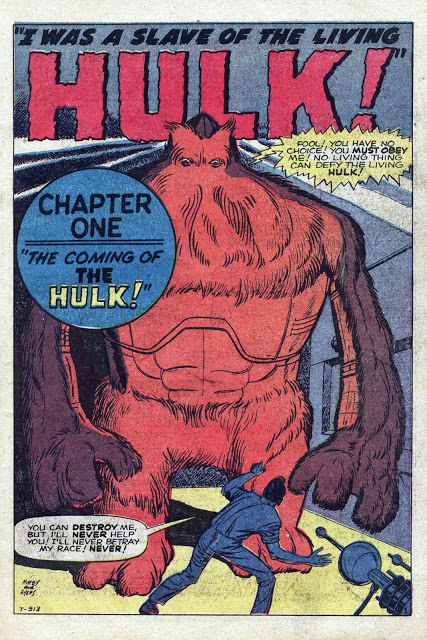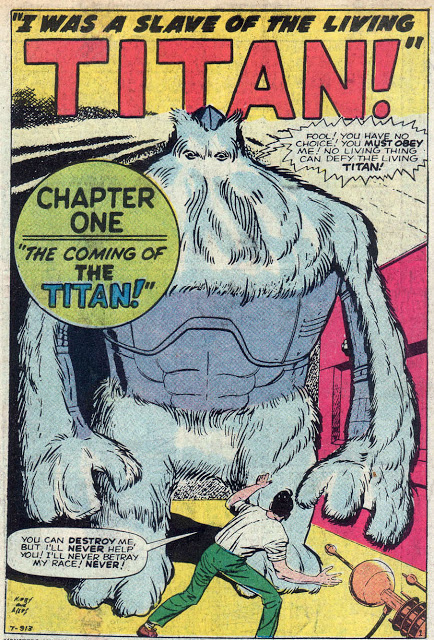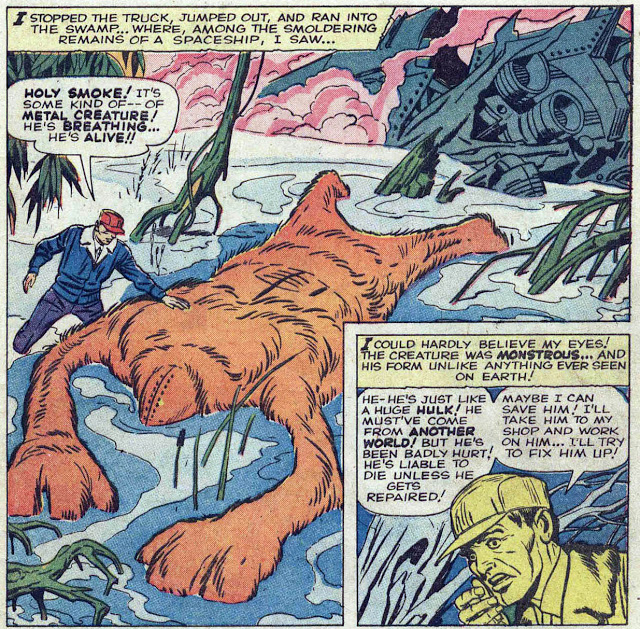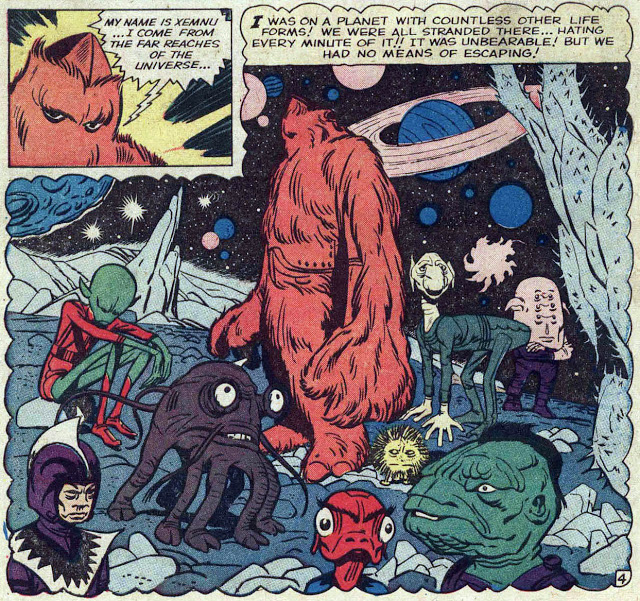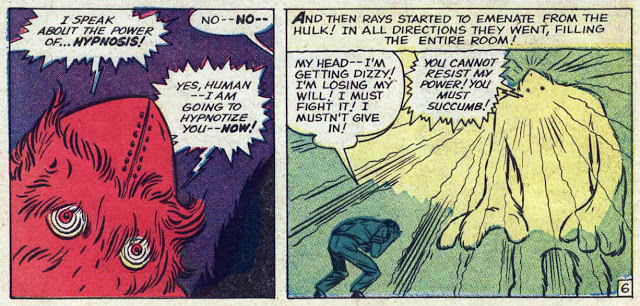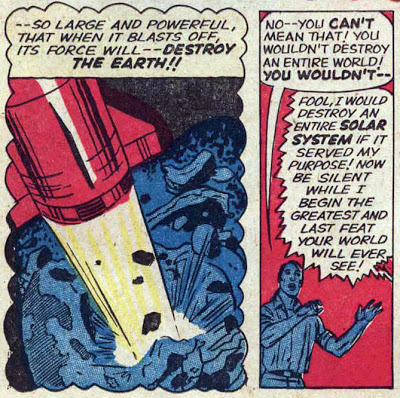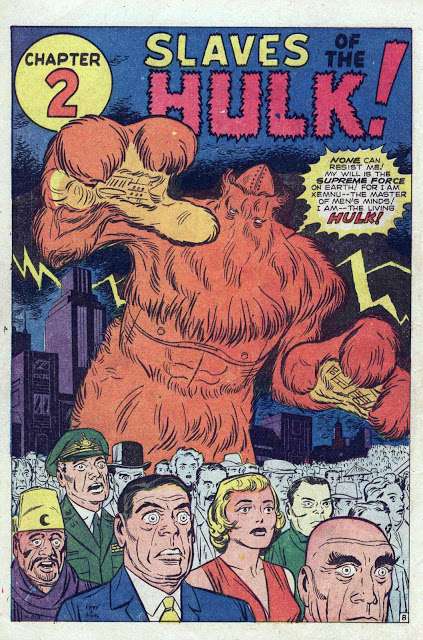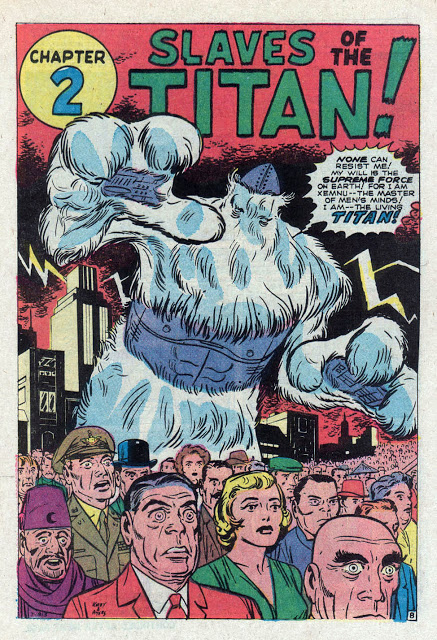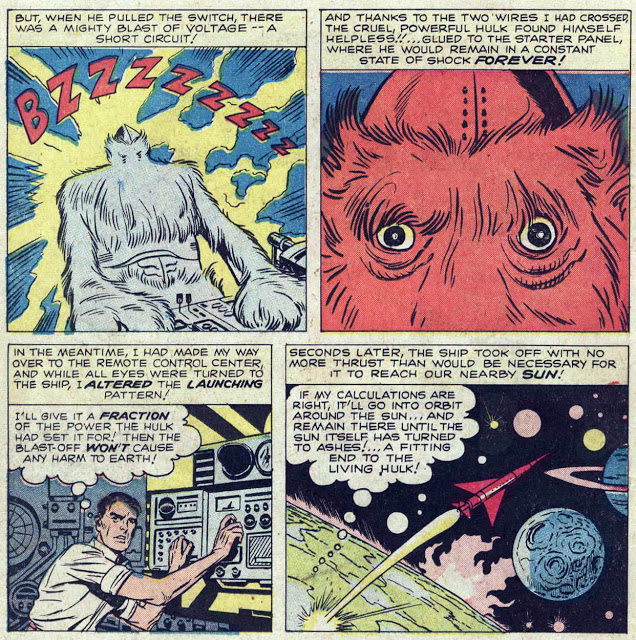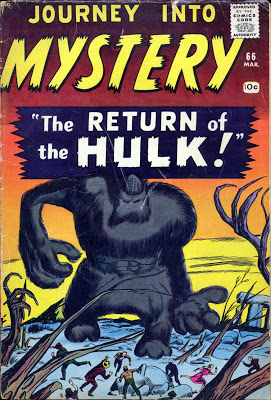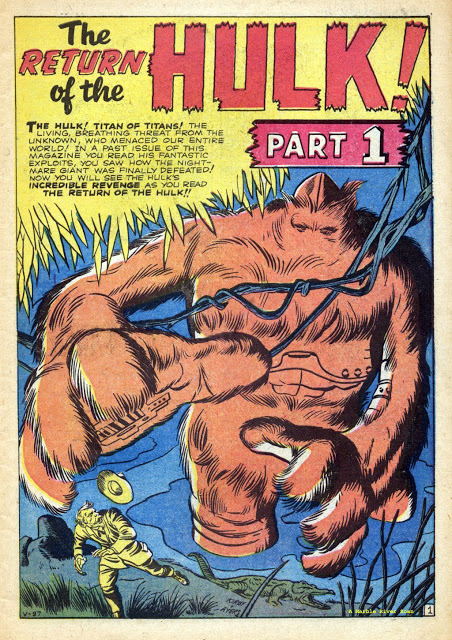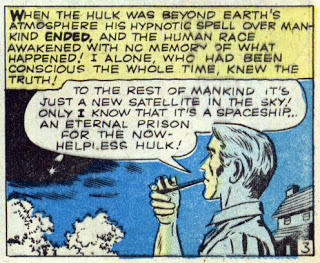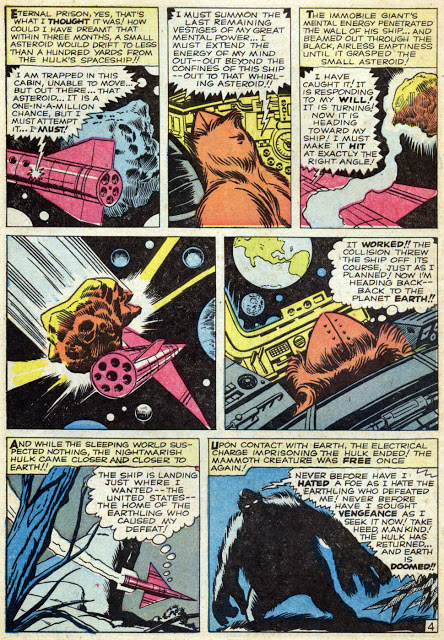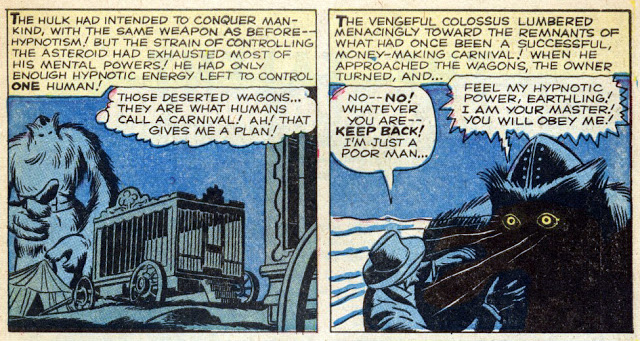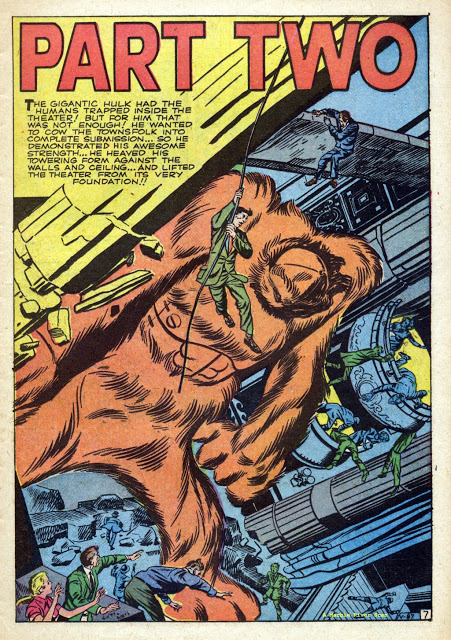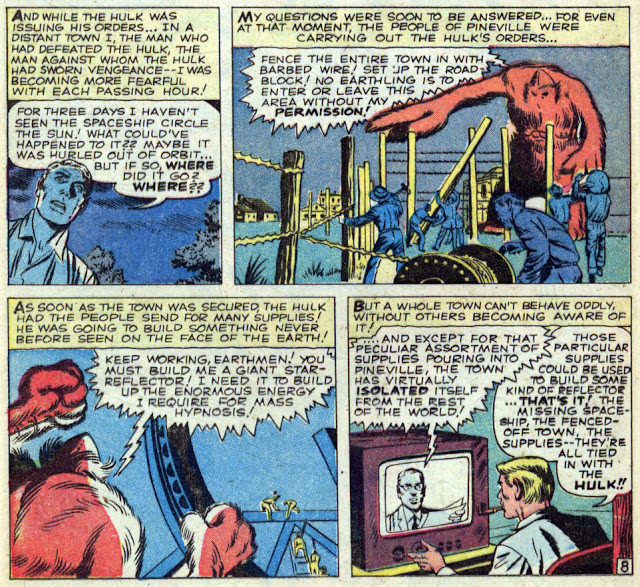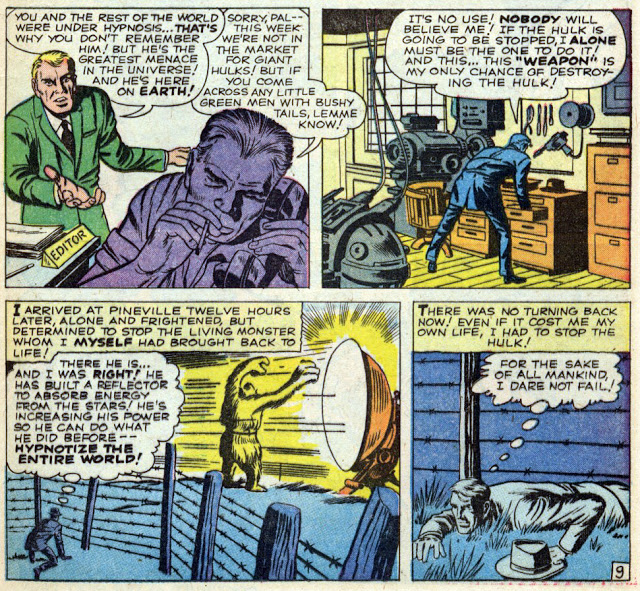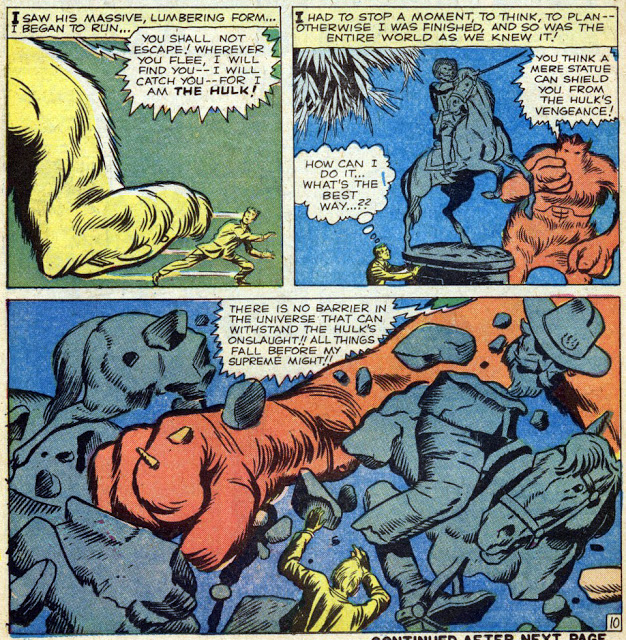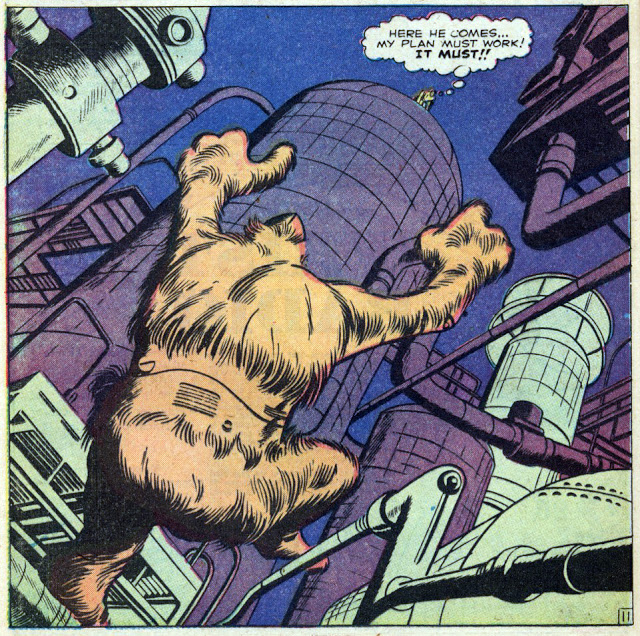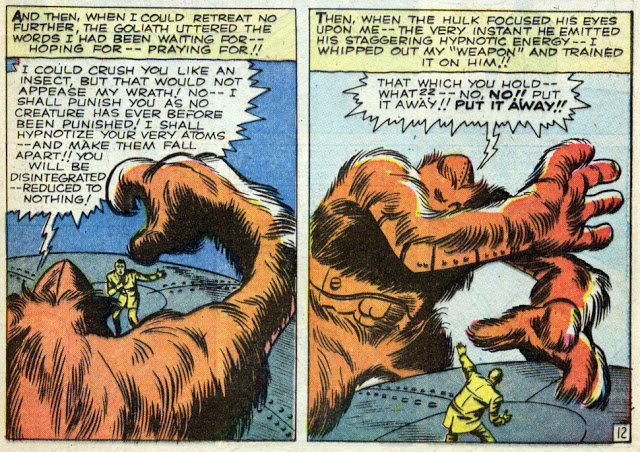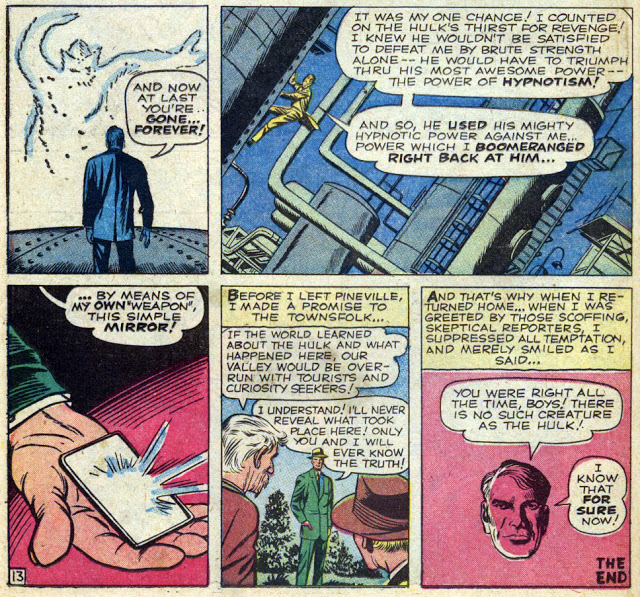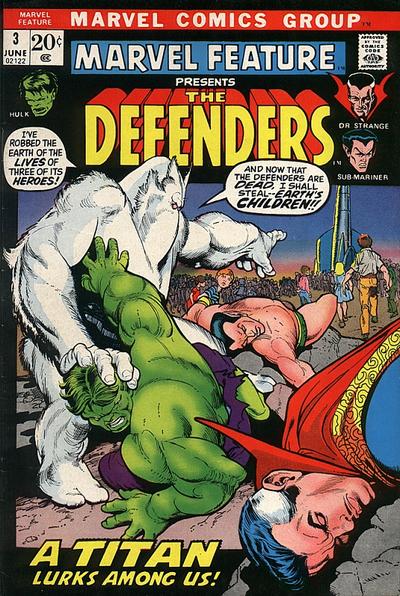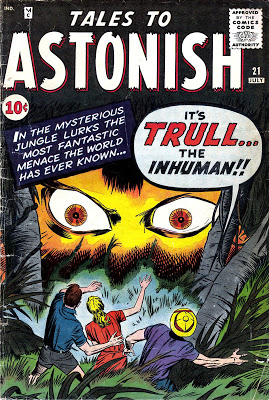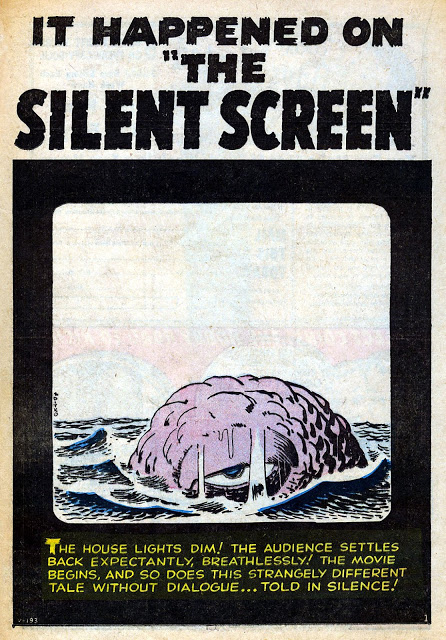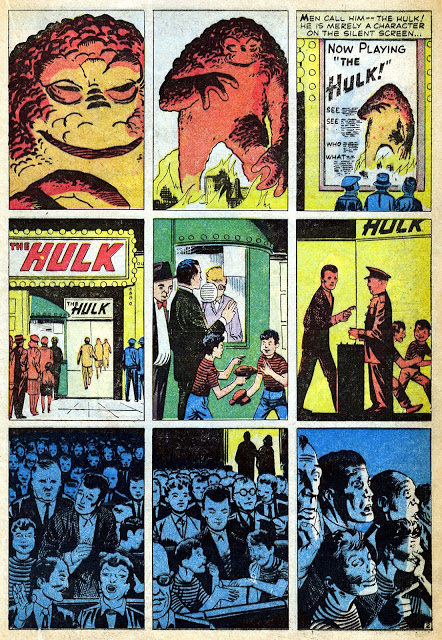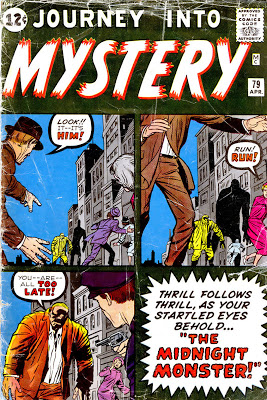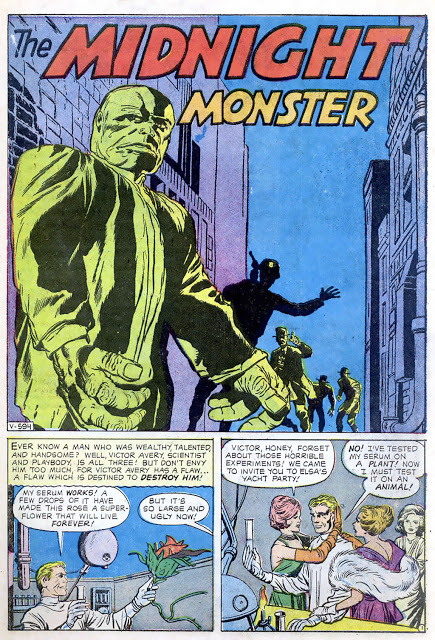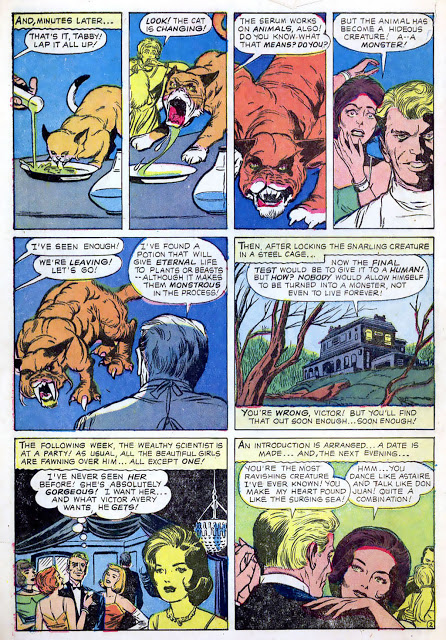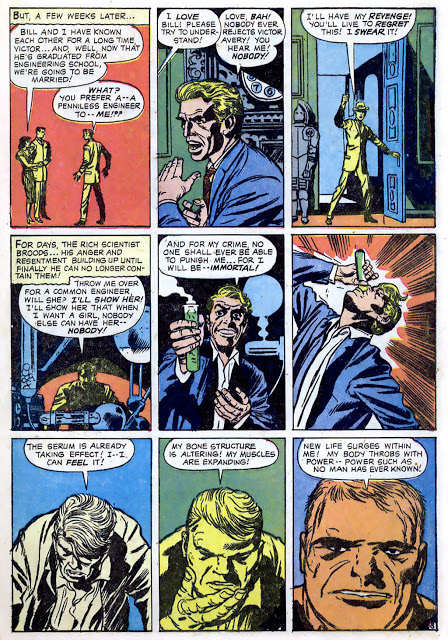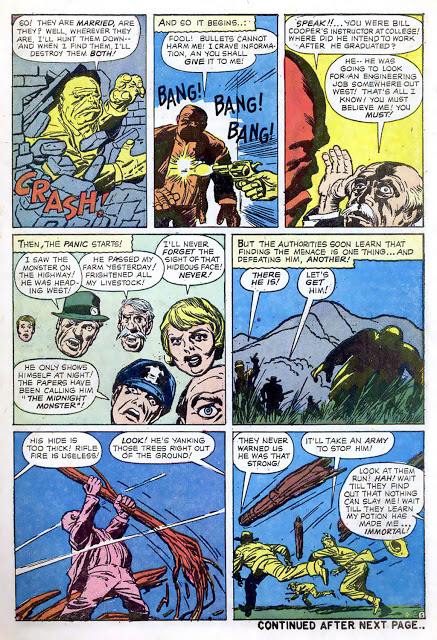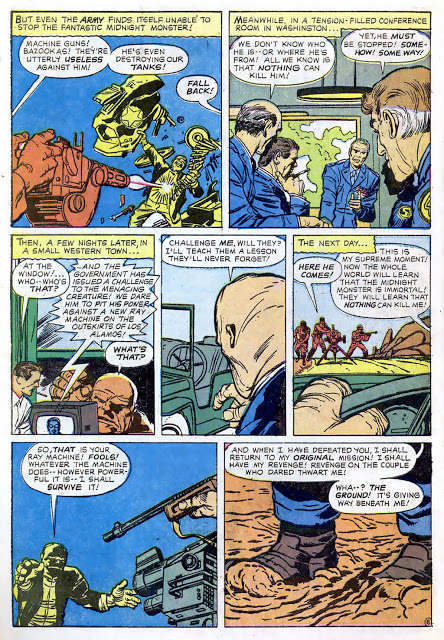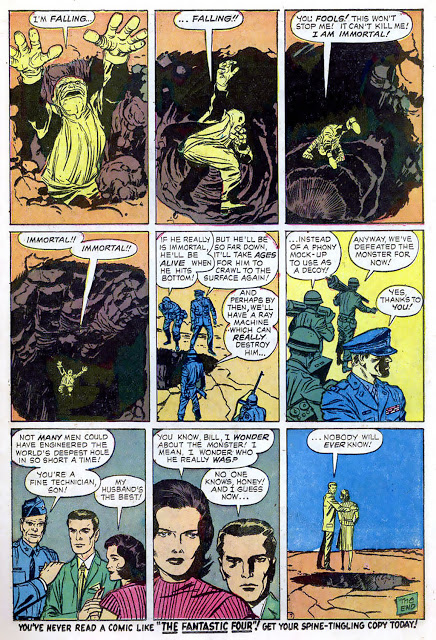One of the greatest guides to the concept of continuity in a specific series is The DisContinuity Guide: The Unofficial Doctor Who Companion by Paul Cornell, Martin Day and Keith Topping, first put out in 1995.
From my point of view the genius of this work is in the way the authors peel back the layers of a complex text like Doctor Who, and start back at the beginning, when we didn’t know anything about the series or what it would eventually evolve into.
This allows us to see the ways in which the universe was expanded, sometimes carefully, often times not. We get to see undeveloped themes and the earliest examples of new themes.
Like an evolutionary biologist studying our small, brown furred burrowing human ancestors, we get a look at the way things were without the baggage of the way things are.
Doing a consecutive history of Marvel Comics presents many challenges, especially when trying to ascertain what source material might have influenced the creative decisions of those who made the comics. Last week we looked at the first issue of the Hulk, a character based primarily on the popularity of the Thing from the Fantastic Four, but also on Frankenstein’s monster and Dr. Jekyll and Mr. Hyde.
Ultimately, the Hulk can be seen as a continuation of the monster comics that sustained Marvel/Atlas Comics for many years preceding the superhero boom started with the publication of the first issue of the Fantastic Four. But the publishers of the Overstreet Comic Book Price Guide saw a more direct influence of the monster books on the new Marvel characters. They saw in the various monster stories what they called “prototypes,” early attempts at using the same ideas that would ultimately evolve in the more popular characters we know now.
In this installment I will be looking at stories featuring candidates for the Hulk. We’ll do them in chronological order.
Journey Into Mystery 062
Cover Date: November 1960
Newstand Date: July 1960
“I Was a Slave of the Living Hulk!”
Stan Lee (script)
Jack Kirby (pencils)
Dick Ayers (inks)
Steve Ditko (cover inks)
Right off we can see that this monster is very much unlike the Hulk as we will come to know him. He’s large and furry and apparently created by a scientist in a Frankenstein-inspired laboratory inside a medieval castle while peasants look on in horror.
Not only does the cover show no relationship at all to the Bruce Banner Hulk, the cover has almost no relation to the story inside the issue.
This story is a departure from previous monster stories in the Marvel/Atlas line at the time, in that the story is twice as long as normal. According to the GCD, “This is one of the first two ‘feature-length’ monster stories published by Marvel (the other was “I Created Krang!” published simultaneously in Tales to Astonish (Marvel, 1959 series) #14).”
Joe Harper is the only man on Earth not hypnotized by Xemnu. For some reason Xemnu decides to leave Harper free so that he can witness the destruction of his world first hand. But Joe Harper is a genius, so he sneaks aboard the spaceship, cross-wires the controls to paralyze Xemnu, then programs the ship into a permanent orbit around the sun.
Xemnu is defeated forever… right?
Cover Date: March 1961
Newstand Date: December 1960
“The Return of the Hulk!”
Jack Kirby (pencils)
Dick Ayers (inks)
Steve Ditko (cover inks)
Three months later, Xemnu is back.
Wrong.
After a brief recap of Xemnu’s last appearance, we find Joe Harper, reminiscing about the time he saved the world. Last issue, Joe had a nagging wife, but in this issue there is no mention of her, so let’s assume he’s divorced now. Three months have gone by since Joe sent Xemnu off into space, and three months separates this issue from Xemnu’s last appearance, which is nifty. No one remembers Xemnu, or remembers building a giant spaceship, or remembers that they are missing weeks or months of their lives spent constructing Xemnu’s spaceship.
Xemnu uses his mind control power, which in this issue works like telekinesis, to snatch an asteroid to collide with his ship and send him crashing back to Earth. This is a pretty incredible calculation to make while paralyzed by electricity, and Xemnu is pretty formidable to have done this.
Telekinesis wears Xemnu out, and he only has enough power to take over the mind of one man, the owner of a dying traveling carnival. What could Xemnu’s plan be?
It’s not that impressive a plan. Xemnu has the carnival owner transport him to a small town, where he demonstrates his amazing strength on stage and commands the towns people to obey him or die. He orders the people to build a fence around the town and to construct a “Star-reflector” a device that will allow Xemnu to recharge his hypnotic powers.
Realizing that the Hulk has returned, Joe Harper spends several futile panels trying to convince the authorities that he is the only man on Earth who remembers a giant monster hypnotized and enslaved everybody. Of course no one believes him. Realizing that once more the fate of the world is in his hands, Harper decides to confront the Hulk alone. When he arrives, the Hulk is bathing in “Star Reflector” rays, getting his full hypnotic powers back.
I include the panels below because this is at least the second time I’ve noticed a large statue of a man on a horse being destroyed in a Marvel Comic from this period.
The series of panels below is from Fantastic Four #2, in which a Skrull, imitating the Human Torch, melts a Civil War statue of a general on a horse. What is it with aliens destroying our hometown statues?
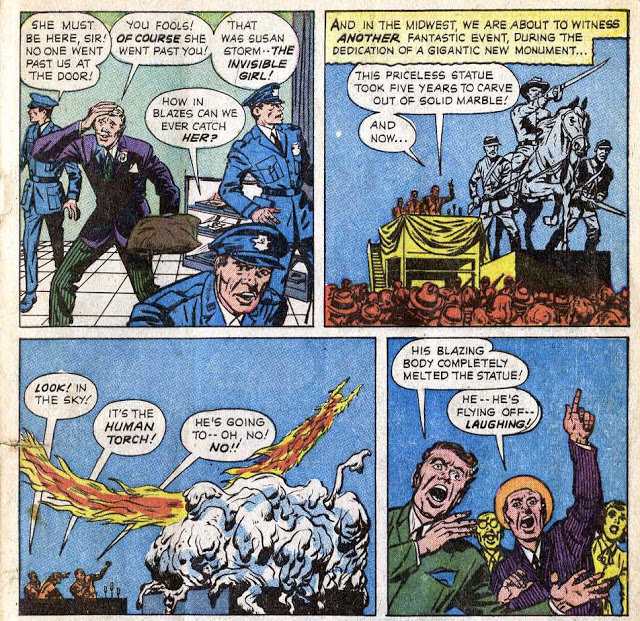 |
||
| Fantastic Four 002 |
Xemnu traps Joe Harper, but instead of squashing the human like the puny insect he is, Xemnu decides to hypnotize Joe’s atoms and make them fall apart, cluing me into an important fact: Stan Lee has no idea how hypnotism works. (See Fantastic Four #3) Unfortunately for Xemnu Joe Harper has a secret weapon, but what could it be?
Xemnu hypnotizes his own atoms to fall apart, because Joe pulls out a mirror. Not the worst ending to a supervillain, but let’s face it, Xemnu is kind of lame. He invades the Earth twice, and is defeated both times by a wily electrician.
Given the fact that one average guy defeated Xemnu twice, what made Roy Thomas think that this character would make a decent foil for the combined might of the Incredible Hulk, Dr. Strange and the Sub-Mariner in Marvel Feature #3? Note that this is the character from the reprints, with the white coloration and renamed the Titan.
What can I say about Xemnu the Titan? He’s a pretty interesting, weird character. The stories are good dumb fun, but in what way, other than the use of the word, is Xemnu a prototype of the Hulk? In truth, Overstreet was simply engaging in price inflation on the old monster books, generating interest in books that have little to no relation to the Marvel universe per se. But that doesn’t mean there isn’t a Hulk prototype out there. We just have to keep digging.
Cover Date: March 1961
Newstand Date: December 1960
“The Silent Screen”
Stan Lee (script)
Steve Ditko (pencils/inks)
It’s not a cover story, that honor belongs to a living piece of construction equipment known as Trull the Inhuman.
The next potential Hulk prototype is a decent example of the kind of stuff lee and Ditko were churning out in the Timely/Atlas monster comics of the period. This is another character called the Hulk, but he’s a giant monster on a movie screen, with no relation to the ideas that would make the Bruce Banner Hulk so interesting.
The story ends with the monster leaving the screen and attacking the theater, only to pull back and reveal that what we were watching was a movie about a monster leaving the screen and attacking the theater. Except that the monster leaves the screen and attacks the theater again, only to be revealed as a movie, and so on and so on.
We still don’t have our Hulk prototype. Fortunately, there is one more story to consider.
Cover Date: April 1962
Newstand Date: February 1962
“The Midnight Monster!”
Stan Lee (scipt)
Jack Kirby (pencils)
Dick Ayers (inks)
What Lee and Kirby have crafted here is a real Dr. Jekyll and Mr. Hyde story, with a twist. Victor Avery is brilliant and gorgeous and a sociopath. He invents a serum that turns plants or animals in ugly, misshapen and super powerful versions of themselves.
Rejected by a woman, Avery decides to get revenge by taking the serum and transforming himself into a monster.
The story ends with something like irony as Avery is tricked into falling through a crack in the Earth and is lost deep underground. One interesting side note: As far as I know this story has never been incorporated into the Marvel Universe proper. Avery seems a natural Hulk villain, or as someone who might team up with or fight against the Mole Man.
In this story, finally, we have a real prototype for the Hulk. Not all the details are there, but there are enough of them to get us started. Add in the pathos of the Thing instead of the uncaring psychopathy of Victor Avery, and you’ve got your Bruce Banner. The Jekyll and Hyde and the Frankenstein theme (his name is Victor, after all) are woven into the story.
Some of the research I did for this piece came from Pre-Marvel Prototypes and Ed Sanchez’s Give My Creation Life!
We’ve taken a little detour with this one but next week we’ll be back on track with a look at the Golden Age Marvel Mystery Comics #2 and the week after that Fantastic Four #5, the first appearance of Doctor Doom! I’d love to get your feedback and ideas on this stuff.




































































































